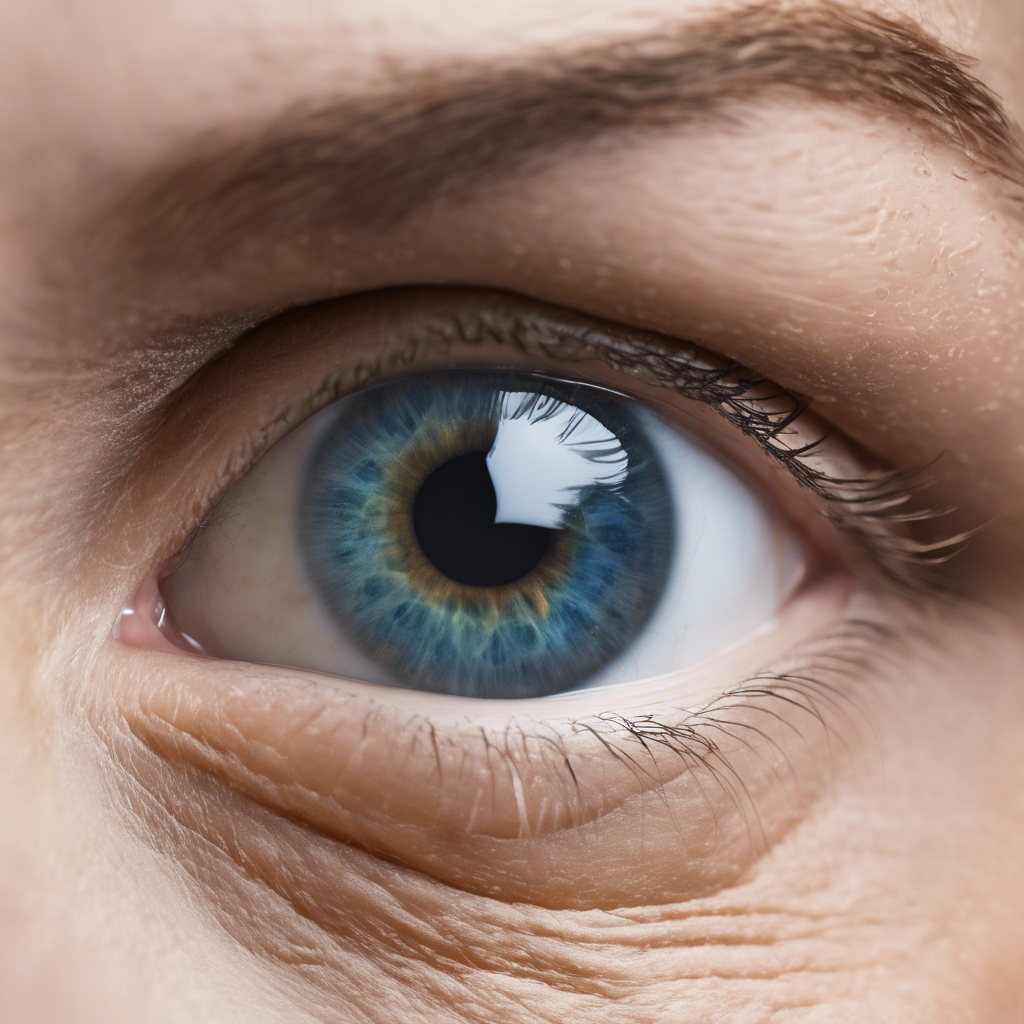A closer look at the origins and determinants of eye color
“The eyes are the window to the soul,” as the timeless quote goes. But beyond their metaphorical significance, the origins of eye color have long intrigued scientists and laypeople alike. In this article, we delve into the fascinating world of eye color genetics, exploring how eye color is determined, the role of genes, and the complex inheritance patterns that contribute to the vast array of eye colors we see today.
Understanding Eye Color
Eye color refers to the color of the iris, the pigmented part of the eye that surrounds the pupil. The amount, type, and distribution of melanin, or pigment, in the iris determine eye color. Melanin production is influenced by genetic information inherited from our parents, making eye color a polygenic trait.
The Role of Genes
Eye color is determined by multiple genes, each contributing to the production of melanin. Some genetic variants produce more melanin, resulting in darker eye colors, while others produce less melanin, leading to lighter eye colors. Additionally, melanin production continues to develop after birth, explaining why newborns’ eye color may change over time.
Recessive and Dominant Genes
Eye color inheritance follows the principles of recessive and dominant genes. Brown eye color is considered dominant to blue eye color, meaning that if one parent has brown eyes and the other has blue eyes, the child is more likely to have brown eyes. However, since we have two copies of each gene, inherited from each parent, multiple gene combinations can result in different eye colors.
Eye Color and Other Traits
Eye color, hair color, and skin color are all influenced by melanin production. Genes dictate the type, structure, and amount of melanin, leading to variations in these traits. Individuals with genes that produce higher amounts of melanin are more likely to have darker eye, hair, and skin colors.
Siblings and Eye Color
Siblings can have different eye colors due to the shuffle of inherited genes. Each sibling receives a unique combination of genes from their parents, resulting in variations in eye color. The complex inheritance pattern adds to the diversity of eye colors within families.
The Spectrum of Eye Colors
Eye colors can range from amber, blue or gray, brown, green, to hazel. Amber eyes are described as copper or gold, while blue or gray eyes are found in approximately 25% of the U.S. population. Brown eyes are the most common eye color worldwide, with around 50% of Americans having brown eyes. Green eyes are the least common, seen in only 9% of the U.S. population. Hazel eyes, a combination of brown and green, are found in approximately 18% of Americans.
Conclusion:
While the origins of eye color are rooted in genetics, the complexity of inheritance patterns and the interplay of multiple genes make it a fascinating subject of study. Researchers continue to unravel the mysteries surrounding eye color, seeking to understand the intricate mechanisms that shape our unique ocular hues. Despite advancements in genetic testing, reliably predicting eye color remains elusive. As we gaze into each other’s eyes, we are reminded of the intricate beauty and individuality that lies within this genetic marvel.











